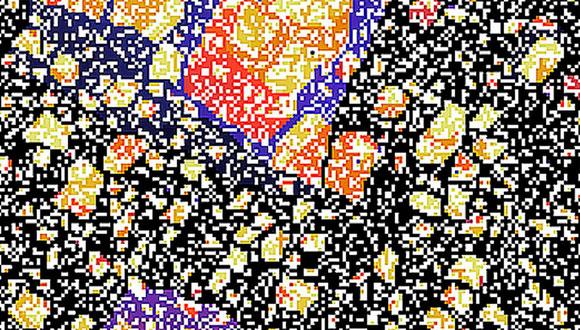Biological & Soft Matter Seminar: Shaping mechanisms of recently discovered nanostructures of endoplasmic reticulum
Ben Zucker, TAU
Abstarct:
The endoplasmic reticulum (ER) is the largest and one of the most vital intracellular organelles of eukaryotic cells(1, 2). While the main structural features of the ER have been known for nearly a century, recent advances in imaging techniques revealed the previously unknown nanoscopic level of organization. Membrane nanostructures of 10- to 100-nm intrinsic length scales, which include ER tubular matrices, ER sheet nanoholes, internal membranes of ER exit sites (ERES), and ER transport intermediates, were discovered and imaged in considerable detail, but the physical factors determining their unique geometrical features remained unknown. In this talk, I will propose a common shaping mechanism for all ER nanostructures based on the membrane intrinsic curvature as the primary factor and ultra-low membrane tensions as modulators of the membrane configurations. I will explain qualitatively and substantiate by simulations how this robust mechanism reproduces the observed structures. Moreover, I will describe the common structural motifs of all nanostructures and reveal their common origin in the constant-mean-curvature surfaces of Delaunay. These results give a simple explanation for the configurations of all newly revealed ER nanostructures(3).
-
Westrate, L.M.M., J.E.E. Lee, W.A.A. Prinz, and G.K.K. Voeltz. 2015. Form Follows Function: The Importance of Endoplasmic Reticulum Shape. Annu. Rev. Biochem. 84:791–811.
-
Schwarz, D.S., and M.D. Blower. 2016. The endoplasmic reticulum: structure, function and response to cellular signaling. Cell. Mol. Life Sci. 73:79–94.
-
Zucker, B., and M.M. Kozlov. 2022. Mechanism of shaping membrane nanostructures of endoplasmic reticulum. Proc. Natl. Acad. Sci. U. S. A. 119.


